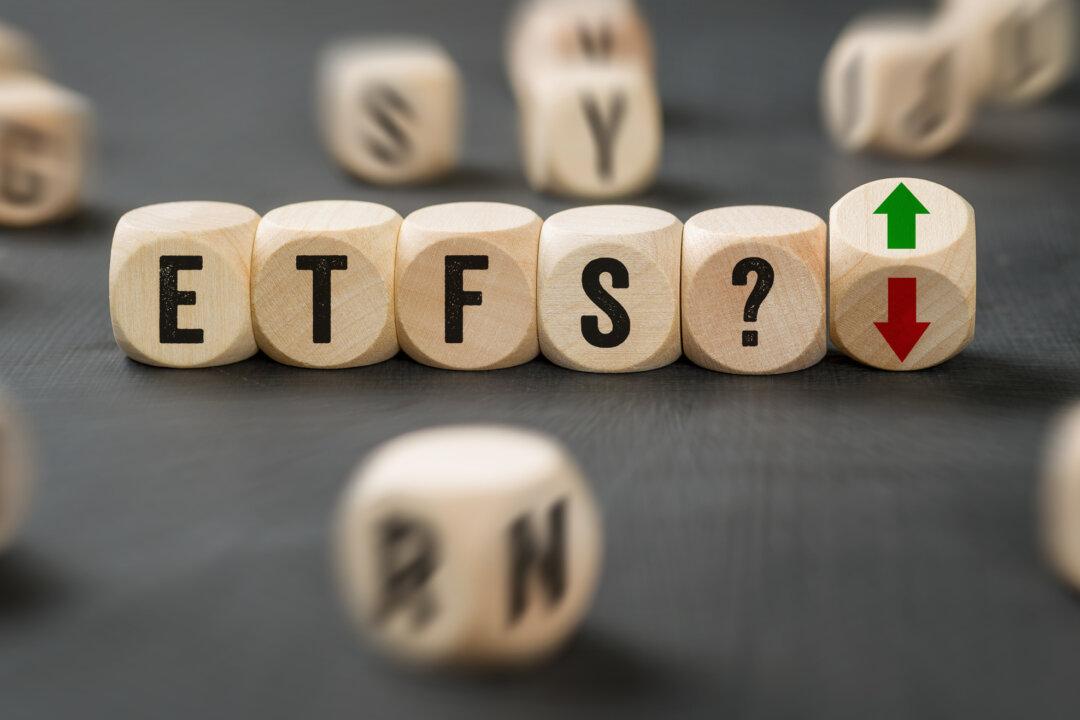Rocky markets have put a spotlight on defined-outcome exchange-traded funds (ETFs), which protect investors from a portion of stock market losses in exchange for capping some of the gains.
These funds, also called buffered ETFs, invest in options linked to a broad benchmark in order to provide a specific amount of downside protection—9 percent, 10 percent, 15 percent, 20 percent, or even 100 percent to over a distinct time frame called the outcome period, typically one year (though three-month funds are now popular). How much you forfeit in gains depends on the amount of protection the fund offers. The bigger the cushion, the smaller the potential gain. A recently launched PGIM fund tied to the S&P 500 index with 100 percent protection on losses over one year had a 7 percent cap on upside returns, while an Allianz ETF with a 10 percent shield sported a cap of roughly 16 percent, net of fees.
It’s important to find a fund that aligns with your investment objectives and risk tolerance, says Mike Loukas, chief executive of the firm behind TrueShares defined-outcome funds. To get you started, we’ve highlighted a few buffered ETFs that may work for investors with certain risk tolerances. Use these suggestions to start your own research.
Bear in mind that the strategies, which charge average annual fees of 0.72 percent, are structured around specific outcome periods because of the options they buy, but the funds themselves are designed to be buy-and-hold investments.
- Conservative investors:
A 100 percent buffered fund protects against a colossal stock market loss over a one-year period. And if the market doesn’t falter, you might do better than a money market fund. The current cap on gains for iShares Large Cap Max Buffer (symbol MAXJ), which will reset June 30, is 10.6 percent for investors who bought at the start of the outcome period last June. A 20 percent buffer fund is another option. Chaussee likes AllianzIM U.S. Large Cap Buffer20 July (JULW). The fund’s current cap, which resets July 1, is 11.64 percent. - Moderate-risk investors:
Funds with 15 percent buffers on declines are the most popular with investors. The July-dated fund of a popular series, Innovator U.S. Equity Power Buffer ETF July (PJUL), had a cap of 13.7 percent on gains for investors who bought shares last June. It will reset June 30. - Aggressive investors:
Funds with 9 percent cushions against losses are the obvious choice here. The current cap on Innovator U.S. Equity Buffer ETF July (BJUL), which will reset on June 30, is 17.4 percent. Bullish investors could consider TrueShares Structured Outcome funds. Instead of a cap on gains, investors can expect to reap 73 percent to 85 percent of the S&P 500’s price return, in exchange for 8 percent to 12 percent protection on losses. The July-dated fund (JULZ) resets June 30.








